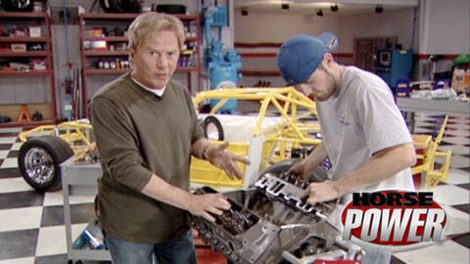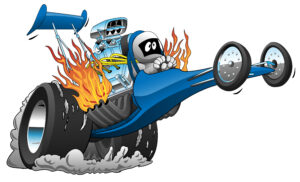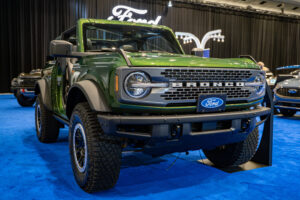HorsePower Builds
Want more content like this?
Join the PowerNation Email NewsletterParts Used In This Episode
Chevrolet Performance
Bowtie intake manifold features raised carb base, open plenum and air gap design to isolate the incoming air/fuel charge from hot engine oil heat.
Chevrolet Performance
These are GM smallblock Vortec cast iron heads with small ports, 2-inch intake, 1.5-inch exhaust, and 66cc combustion chamber.
Chevrolet Performance
The GM Performance enlarged pan has a crank scrapper, windage tray, and oil trap doors to keep the oil pump pick-up drawing oil and not air no matter the RPM or G-load.
Comp Cams
Adjustable pushrod length rod checker gives you correct length of pushrod for optimum valvetrain operation.
Crane Cams
The cam has a stout 0.580-in. lift and because roller lifters aren't allowed in these engines, mechanical ones are used. For stability and less frictional valvetrain loss, roller rockers are used.
Crane Cams
Double roller chain and gears were installed "straight up."
Eagle Specialty Products
Rotating assembly includes steel forged stroker crank, set of H-beam connecting rods, and SRP dome pistons
Holley
Holley 4150H-P Pro series carb is a full race piece: it flows 750cfm, has mechanical secondaries, and is designed for gasoline.
Holley
Street Avenger Vortec Weiand Intake
Holley
Steel and rubber grommets.
Moroso
Adapts a crankshaft that uses a 2-piece rear main seal to a block designed for a single rear main crank seal. Clever and handy.
Moroso
The larger oil pan allows a higher volume pump, this one is held by ARP studs.
Professional Products
6-3/4-inch damper with timing marks.
Shoenfeld Headers
Schoenfeld IMCA-legal headers are 1-5/8 tube diameter with 3-inch collectors.
Speedway Motors
Speedway Motors supplied the Falcon Racing 2-speed trans. It weighs only 43-lb, has an internal hydraulic clutch, and 2-forward speeds, 1 reverse.
Speedway Motors
Speedway Motors delivered a short snout aluminum water pump designed for the high flow required for short track racing. Plus, they supplied motor mounts for the engine.
Tilton Racing
Bell housing, flex plate, hub drive
Weiand
Street Avenger Performance Plus aluminum intake manifold w/ vortec heads.































